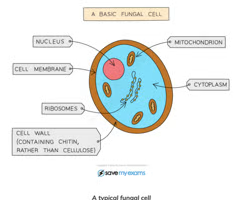Bio: 3.1-3.6 - Cells
5.0(1)
Card Sorting
1/27
Study Analytics
Name | Mastery | Learn | Test | Matching | Spaced |
|---|
No study sessions yet.
28 Terms
1
New cards
Cell Theory
1. All organisms are made of 1+ cells
2. The cell is the basic unit of structure & function in a living thing (atoms -> biomolecules -> organelles -> cells -> tissues -> organs -> organ systems)
3. New cells are made from existing cells
2. The cell is the basic unit of structure & function in a living thing (atoms -> biomolecules -> organelles -> cells -> tissues -> organs -> organ systems)
3. New cells are made from existing cells
2
New cards
Prokaryote
mostly unicellular bacteria w/ 1 strand of DNA floating as a nucleoid, has no complex organelles and *usually* asexually reproduces
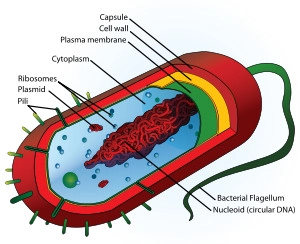
3
New cards
Eukaryote
Mostly multicellular organisms, usually larger and has a nucleus w/ complex membrane-bound organelles, some fungi, *mostly* sexually reproduces
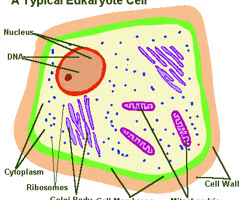
4
New cards
All cells have
cell membrane, cytoplasm, DNA, ribosomes
5
New cards
Endosymbiotic Theory
complex, eukaryotic cells arose from prokaryotic cells
6
New cards
Endosymbiotic Theory Process
1. Prokaryotes existed first 2. In some prokaryotes, the membrane folded inward to make pockets 3. Infolded cell membrane surrounded DNA to make nucleus 4. Some primitive eukaryotes engulfed prokaryote (became mitochondria & created animal cells) 5. Some animals cells engulfed photosynthetic prokaryote (became chloroplast and created plant cells)
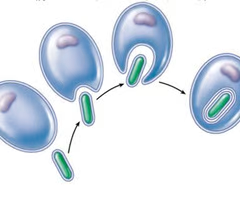
7
New cards
Evidence supporting Endosymbiotic Theory
mitochondria and chloroplasts have 2 membranes, their own DNA & ribosomes (same size and shape), and are autonomous (grow & divide on their own like bacteria)
8
New cards
Animal Cells
no cell wall and chloroplast, round-shaped, has centrioles and some have cilia and flagella, has many, small vacuoles, can move
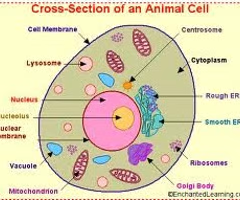
9
New cards
Plant Cells
has cell wall and chloroplast, box-shaped, no centriole, cilia, or flagella, one large vacuole
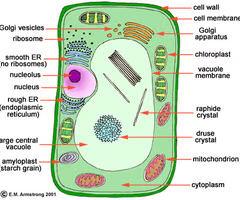
10
New cards
Nucleus
stores DNA and regulates cellular activities
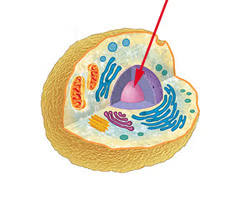
11
New cards
Nucleolus
produces and assembles ribosomes
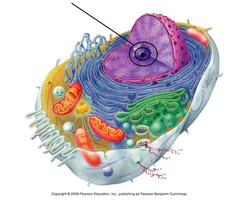
12
New cards
Cell Membrane
Surrounds the cell and regulates what molecules can enter & exit the cell
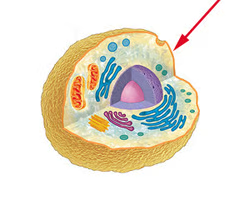
13
New cards
Cell Wall
Provides external support and protection to plants - made of cellulose
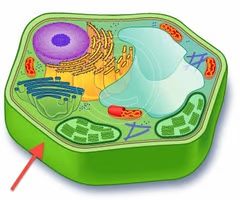
14
New cards
Cytoplasm
Fills up the spaces between the organelles
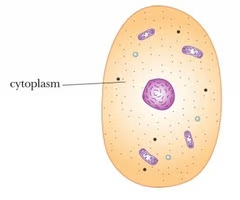
15
New cards
Ribosomes
Produces proteins (rib -> protein)
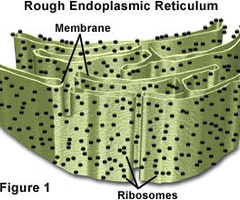
16
New cards
Rough ER
Produces and stores secretory proteins w/ its ribosomes and bumpy tubes
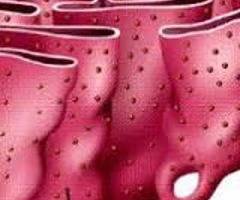
17
New cards
Smooth ER
Produces and stores lipids w/ its flat tubes (smooth as butter)
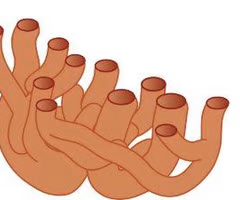
18
New cards
Golgi Apparatus
Modifies proteins & sends them throughout the cells in vesicles (vesicles = vehicles)
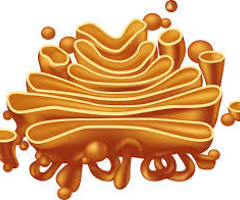
19
New cards
Vacuole
Storage of substances like water & food; many, small in animals, 1 large in plants
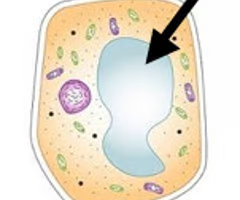
20
New cards
Lysosome
Breaks down cellular waste using enzymes; many in animals, some in plants (lysol = cleans)
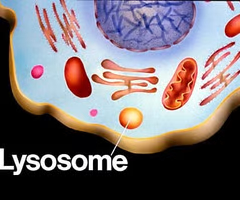
21
New cards
Mitochondria
Produces energy by breaking down sugars (cellular respiration) POWERHOUSE
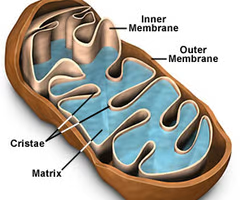
22
New cards
Chloroplast
Uses sunlight to produce sugars (photosynthesis)
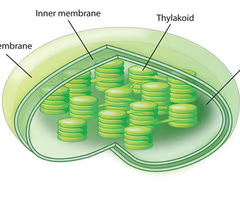
23
New cards
Cytoskeleton
A network of fibers that provides internal support & roads for vesicles and organelles to attach to
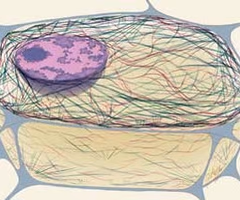
24
New cards
Centrioles
Assists w/ cell division (twizzlers divided into strands)
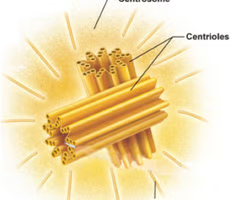
25
New cards
Cilia
Short hairs that help with cellular movement/the movement of fluids (like mucus...)

26
New cards
Flagella
a long tail-like structure that aids in cell movement
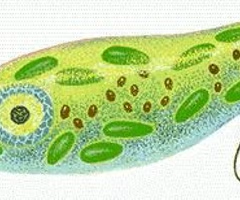
27
New cards
Bacteria Cell
Prokaryotic cell w/ a cell membrane & wall, cytoplasm, ribosomes, cytoskeleton, and sometimes flagellum

28
New cards
Fungi Cell
Eukaryotic cell w/ cell wall, but no chloroplast (has both animal and plant cell properties)
